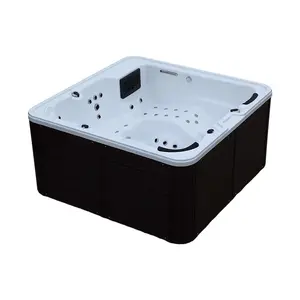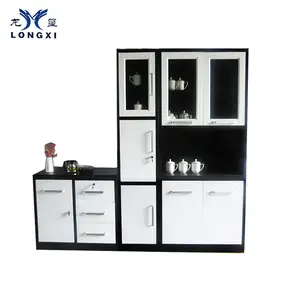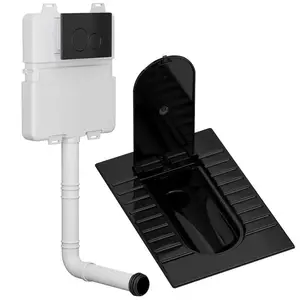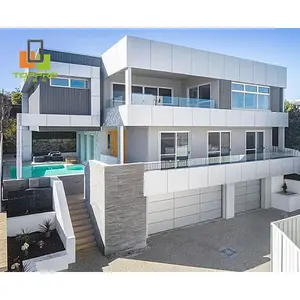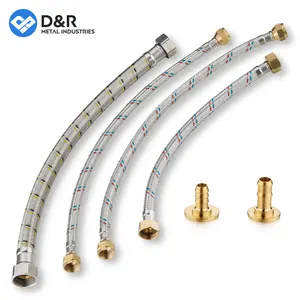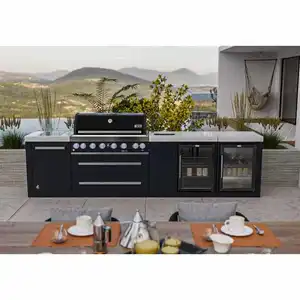Popular in your industry



























































Related Searches:






















































































































Top categories
About boiler heating system
A boiler heating system is a type of central heating system that uses a boiler to generate heat and distribute it throughout a building or home. The boiler, typically fueled by gas, oil, or electricity, heats water or produces steam, which is then circulated through a network of pipes to radiators, baseboard heaters, or underfloor heating systems.
Types of boiler heating system
There are several types of boiler heating systems available, each with its own characteristics and advantages. Conventional boilers, also known as regular or traditional boilers, these systems consist of a boiler, a cylinder to store hot water, and a separate cold water storage tank. They are suitable for larger homes with high hot water demand. A combi boiler combines a central heating boiler and a high-efficiency water heater in one unit, providing hot water on demand without the need for a separate cylinder or storage tank. Combi boilers are compact and ideal for smaller homes or properties with limited space.
Condensing boilers are designed to maximize energy efficiency by capturing and reusing heat from the flue gases that would otherwise be wasted. They are highly efficient and can significantly reduce energy consumption and utility bills. Biomass boilers use organic materials, such as wood pellets or agricultural waste, as fuel sources. They are comparatively eco-friendly and offer a renewable heating solution. Electric boilers use electricity as the primary source of energy to heat water or produce steam. Compared to the boilers mentioned above, electric boilers are smaller and quieter, making them suitable for apartments or properties without access to gas or oil.
How do boiler heating systems work?
The boiler heating system, typically fueled by gas, oil, or electricity, is responsible for heating water or producing steam. This process is achieved through the combustion of the chosen fuel source or by using an electric heating element. The boiler contains a heat exchanger, where the heat is transferred to the water or steam. Once heated, the water or steam is circulated through a network of pipes. In a water-based system, pumps are used to move the water through the pipes, while in a steam-based system, the steam naturally rises due to its lower density. These pipes are strategically installed during the boiler installation throughout the building, ensuring heat can reach every desired area. The heated water or steam then enters radiators, baseboard heaters, or underfloor heating systems located in various rooms or zones. These heating units release the heat into the surrounding space through a combination of convection and radiation. As the heat is transferred to the air, the water or steam cools down and returns to the boiler through a separate set of pipes.
